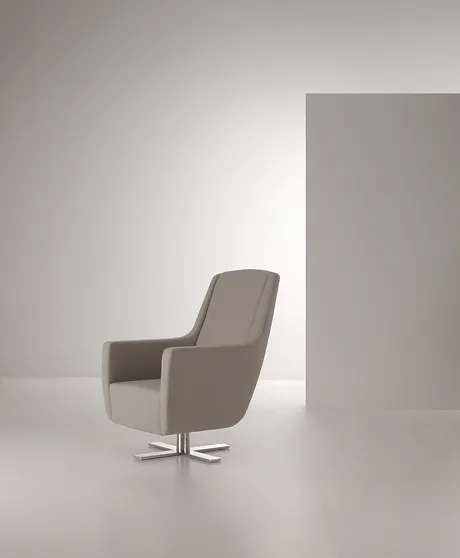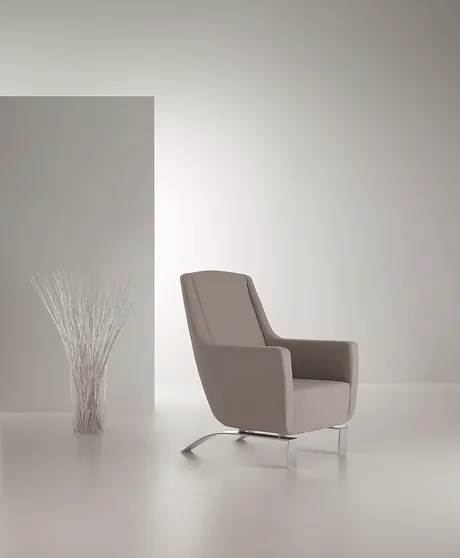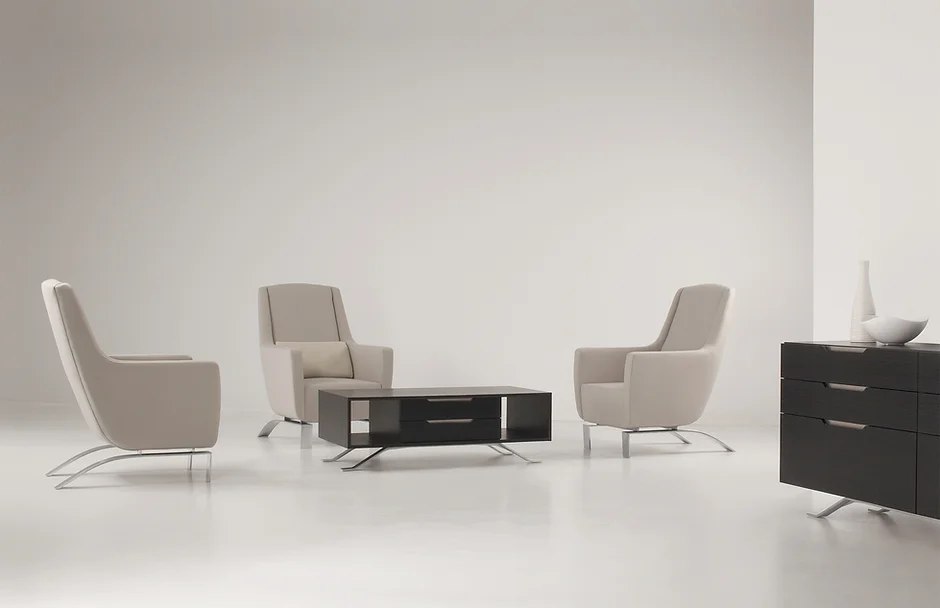Architects as Furniture Designers
- clockwork-ad
- Sep 20, 2023
- 3 min read
Updated: Sep 21, 2023
The names Ludwig Mies van der Rohe, Charles and Ray Eames, and Le Corbusier may sound familiar...
Traditionally, architects have primarily been recognized for their expertise in crafting remarkable homes and buildings, not the furniture found within them. However, furniture plays a vital pivotal role in activating the spaces designed by an architect.
Over time, numerous celebrated architects, including Ludwig Mies van der Rohe, Charles and Ray Eames, and Le Corbusier, have ventured into furniture design, giving rise to some cherished pieces. These architects, along with countless others, bring to the table a unique skill set that seamlessly translates into furniture design. Their profound understanding of spatial design, aesthetics, functionality, and materials equips them with the tools needed to create innovative and aesthetically pleasing furniture pieces.
Furniture design is a familiar territory for Clockwork. Our team of architects and designers frequently collaborates with clients and manufacturers to create unique, tailor-made pieces. Our portfolio encompasses a wide range of pieces, spanning from lounge chairs and conference tables to custom desks and casework, exemplifying Clockwork's design prowess.

The Kaesi Collection, Designed by Clockwork for Tuohy
The Kaesi collection begins with a duo of elegant lounge seating pieces and is joined by a companion offering of finely-styled tables and consoles — all well-suited for lobby, office, or casual collaboration.
Below are a few aspects of how architects excel as furniture designers:
Spatial Awareness: Architects possess a deep understanding of how people interact with and move within spaces. This knowledge can be leveraged to design furniture that optimizes space utilization and flow within a room.
Aesthetic Sensibility: Architects are trained to have a discerning eye for design aesthetics. They can create furniture pieces that not only serve a practical purpose but also enhance the overall visual appeal of a space.
Functionality: Architects are skilled at designing structures that are both functional and aesthetically pleasing. They can apply this same principle to furniture design, ensuring that each piece serves its intended purpose effectively.
Material Knowledge: Architects are well-versed in various materials used in construction, which is valuable when selecting the right materials for furniture construction. They understand the durability, sustainability, and aesthetic qualities of different materials.
Ergonomics: Architects are knowledgeable about ergonomics, the study of designing products for maximum comfort and efficiency. This knowledge can be applied to designing furniture that is comfortable and user-friendly.
Customization: Architects often have experience working on custom designs for their clients. This can translate into creating bespoke furniture pieces tailored to individual needs and preferences.
Sustainability: Many architects have a strong focus on sustainability and environmentally friendly design. They can apply sustainable principles to furniture design, using eco-friendly materials and manufacturing processes.
Innovation: Architects are often required to think creatively and find innovative solutions to design challenges. This creativity can lead to the development of unique and unconventional furniture designs.
Collaboration: Architects are accustomed to working in multidisciplinary teams, which can be beneficial when collaborating with craftsmen, artisans, and manufacturers in the furniture design process.
Branding: Some architects have established their own design firms or brands, which can add a unique signature style to their furniture designs and attract a specific clientele.
Custom conference room table designed by Clockwork for a workplace client.
Architects bring a wealth of knowledge and skills to the field of furniture design, making them capable of creating functional, aesthetically pleasing, and innovative furniture pieces. Their background in architecture often leads to furniture designs that are not only beautiful but also considerate of the overall environment and user experience.

























Comments